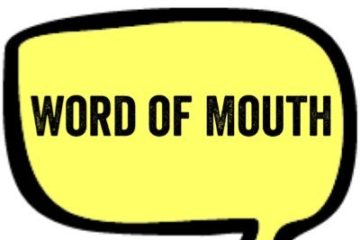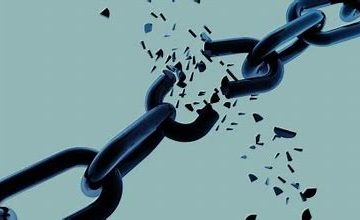This is an article I read. The facts and estimates mentioned below are very interesting. What do you make of them?
As the Government was desperately looking for areas in which to make cuts, the spotlight fell on the “free milk for children†scheme. Scrapping it could save £60 million a year, yet almost as soon as it was suggested publicly, No 10 hastily released a statement saying the scheme would remain. But the damage had already been done; the militants were shrieking with outrage that such a proposal could even have crossed anyone’s mind.
Yet suppress the initial knee-jerk reaction to look at the science behind it and one can see that it’s a sensible, even advisable idea. The scheme is the only remaining part of the Welfare Food Scheme, introduced in 1940 to protect pregnant women and young children against wartime food shortages, but now, in this time of gross nutritional excess, it is unnecessary. Indeed, scientific evidence is amassing that suggests regular milk consumption may be bad for you.
Experts now say that after the first year of life, children require no milk of any type. The former director of paediatrics at Johns Hopkins School of Medicine in the States estimates that half of all iron deficiency in US infants results from cows’ milk-induced intestinal bleeding. He proposes that infants drink so much milk (which is low in iron) that they have little appetite left for foods containing iron; at the same time, by inducing gastrointestinal bleeding, milk causes iron loss. The same certainly applies to British infants too.
Cows’milk is just that: for cows. Man is the only animal that drinks milk into adulthood. Cows’ milk is higher in sugar than humans need, and although high in calcium, only 30 per cent of it is available for use by the body, compared to 60-70 per cent for fruits, grains, nuts, roots, seeds and vegetables.
There is also a theory that a protein found in milk mimics a protein found on the insulin-producing cells of the body. If the body develops an allergic reaction to this milk protein, then it is also stimulated to destroy the insulin cells through an autoimmune attack, a possible cause of diabetes.
And while milk is often considered key in the development and maintenance of bones, even this is being questioned. Globally, countries with the highest rates of osteoporosis also have the highest consumption rates of milk and dairy products. Milk proteins contain phosphorous and sulphur compounds that acidify the blood. To correct this acidity, the body actually draws calcium from the bones, weakening them.
Instead of recommending dairy to ward off osteoporosis, we would do better to advise women, and especially teenage girls, to take more exercise. A 15-year study published in the British Medical Journal found that exercise may be the best protection against hip fractures and that a reduced intake of dietary calcium doesn’t seem to be a risk factor.
So is providing our kids with free milk actually doing more harm that good? Current evidence suggests it might be.


